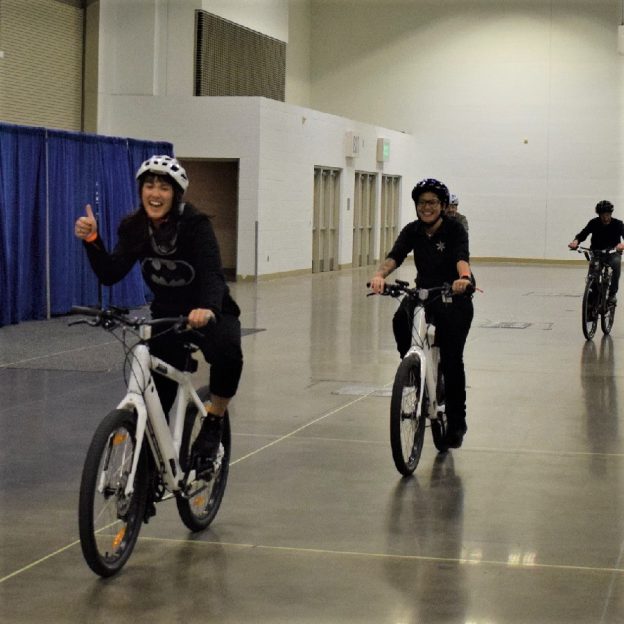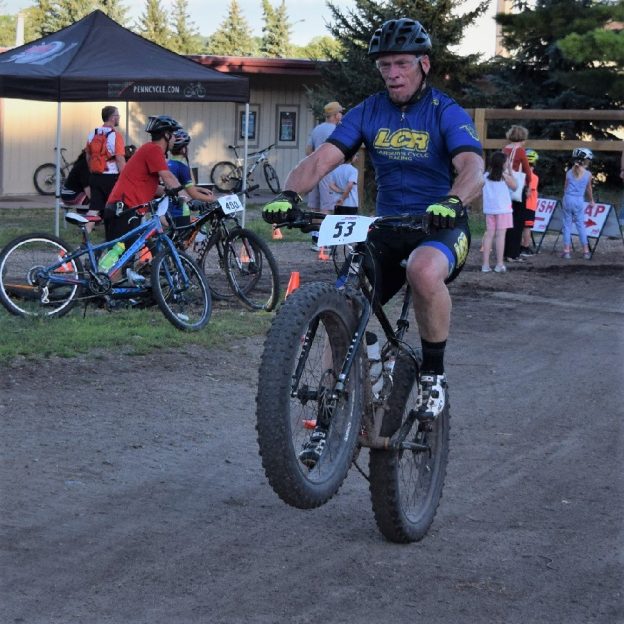Tag: specialized
-

Micro-mobility devices to test ride at the E-bike Challenge
As consumers gain an ecological awareness of greener transportation, alternatives to electric vehicles (EVs) are becoming more attractive. Especially with battery and solar technologies speeding forward, encouraging micro-mobility. Using a human-powered bike or trike, combined with an electric assist motor, can make for an eco-friendly option when looking at EVs. Please find a short list…
-

Mountain bike wheel sizes: past, present and future explained
Once the 29er revolution took over, many companies started looking at even more sizes. Therefore, we now have: 24”, 26”, 27.5”, 29”, 27+ and 29+ wheel options, with another new dimension on the horizon. Take a look below to see the pros and cons of each size.

